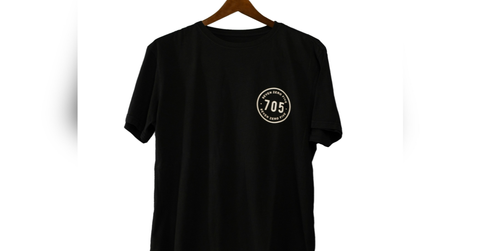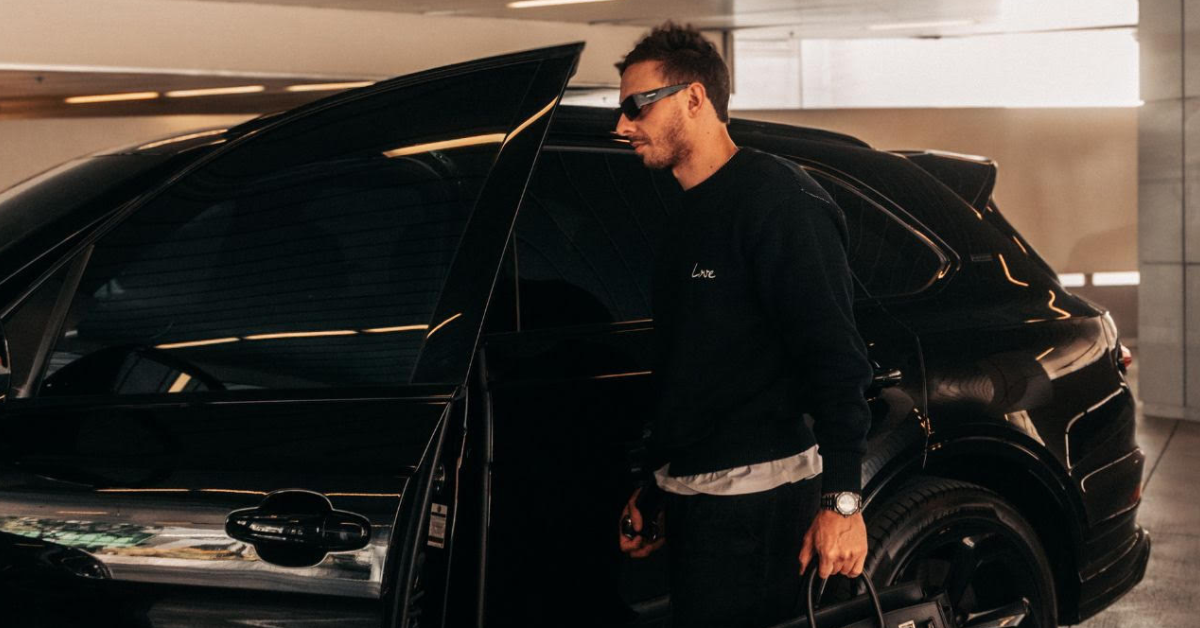The Right Prompts to Get Consistent Style From AI T-Shirt Generators

Nov. 13 2025, Published 2:56 a.m. ET
The fun part of using an AI t-shirt design generator is seeing how one phrase can spark dozens of ideas. The challenge is getting those ideas to look like they came from the same brand. Prompts may have various formats and approaches. However, the difference in results comes down to the words you feed it.
AI doesn’t design with intuition. It follows cues. Every word shapes tone, composition, and even mood. The closer your description matches your vision, the closer the output feels like yours.
How Designers Anchor Style
Consistency starts with anchors. Small cues you repeat across every design. If your shirts lean toward vintage streetwear, keep that term steady in all your prompts. Change only the theme or subject. That repetition trains the generator to stay within a certain visual range.
For example, a designer might start with:
“Vintage streetwear skull design, muted tones, screen-printed texture.”
Then follow up with:
“Vintage streetwear tiger design, muted tones, screen-printed texture.”
The subjects change, but the tone holds. Every print feels like it belongs to the same collection.
The Power of Clear Phrasing
A prompt is a blueprint. You don’t need long sentences, just clean direction. Instead of saying “cool modern text with graphic art,” guide it with: “bold block typography paired with minimal vector icon.” The AI knows exactly what to do.
When writing prompts, focus on four parts:
Theme: What the art represents. (Example: desert waves, space cat, city skyline)
Style: The medium or texture. (Example: flat vector, watercolor, pixel)
Mood: The emotional tone. (Example: calm, gritty, playful, moody)
Layout: The placement or print area. (Example: front chest, pocket logo, back panel)
Together, they form a clear direction. It keeps each variation rooted in your preferred aesthetic.
Using Reference Terms for Balance
When AI tools hear “retro,” they can go anywhere from disco fonts to washed-out denim hues. Be more specific. If you mean 1970s surf poster art, say so. If you want something sleek and modern, describe it as “flat geometric vector.” Words tied to era, culture, or medium help narrow the outcome.
You can also guide tone through materials: “chalk texture,” “ink wash,” or “stencil finish.” Those phrases bring warmth and tactile realism to otherwise digital images. They tell the AI to think like a screen printer, not a camera.
When Type and Art Need to Match
Typography carries weight. One font can make a design look serious, another turns it playful. AI often struggles with matching text to illustration style unless you point it in the right direction.
If your artwork feels soft or organic, ask for rounded handwritten type. For sharper or futuristic looks, try "angular condensed font.” When paired properly, words and art merge instead of competing.
Remember, spacing and proportion matter as much as style. Prompts that include centered alignment or text wrapping around art would help maintain a clean visual rhythm.
Crafting Prompts That Repeat Well
If you plan a full series of designs, repetition is your best friend. Use the same sentence structure in every prompt but swap keywords. Keep your layout, mood, and texture terms locked. Change only the subject or concept.
For example:
“Muted color palette, circular layout, minimal illustration of mountain sunrise.”
“Muted color palette, circular layout, minimal illustration of desert cactus.”
“Muted color palette, circular layout, minimal illustration of ocean waves.”
The result? A cohesive set of designs that share tone and texture but tell different stories.
Avoiding Overload

Too many directions can confuse the algorithm. A cluttered prompt, “grunge pastel neon graffiti clean logo print," forces AI to merge opposite styles. Limit each prompt to one or two dominant traits. “Muted grunge vector with soft highlights” works better than a stack of buzzwords.
Keep colors natural and layouts simple until you find a pattern that repeats cleanly. Once you’re happy with one output, copy its phrasing for the next.
The Human Eye Still Leads
Even the smartest generator can’t feel what’s “right.” It doesn’t know what’s stylish or off-balance. It only responds to what’s written. The real creative judgment happens after the images load. You decide which one fits your brand and which one feels off.
An AI t-shirt design generator can speed up the process, but it can’t replace taste. Consistent design comes from knowing what you like and refining based on results. The words you choose act like the dial on a mixing board. Adjust them carefully, and every design stays in tune.
With practice, prompts stop feeling technical. They start feeling like part of your voice.


